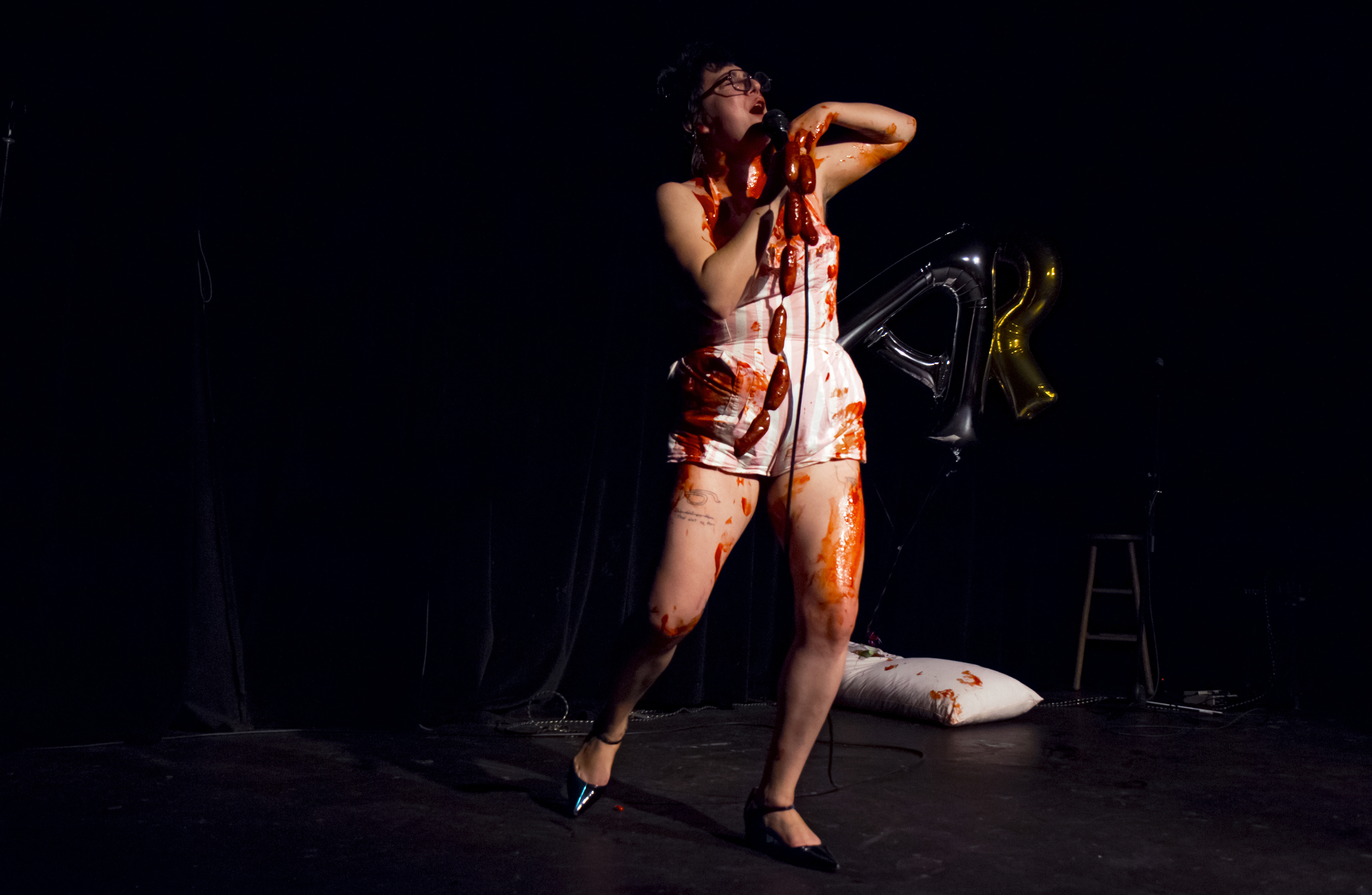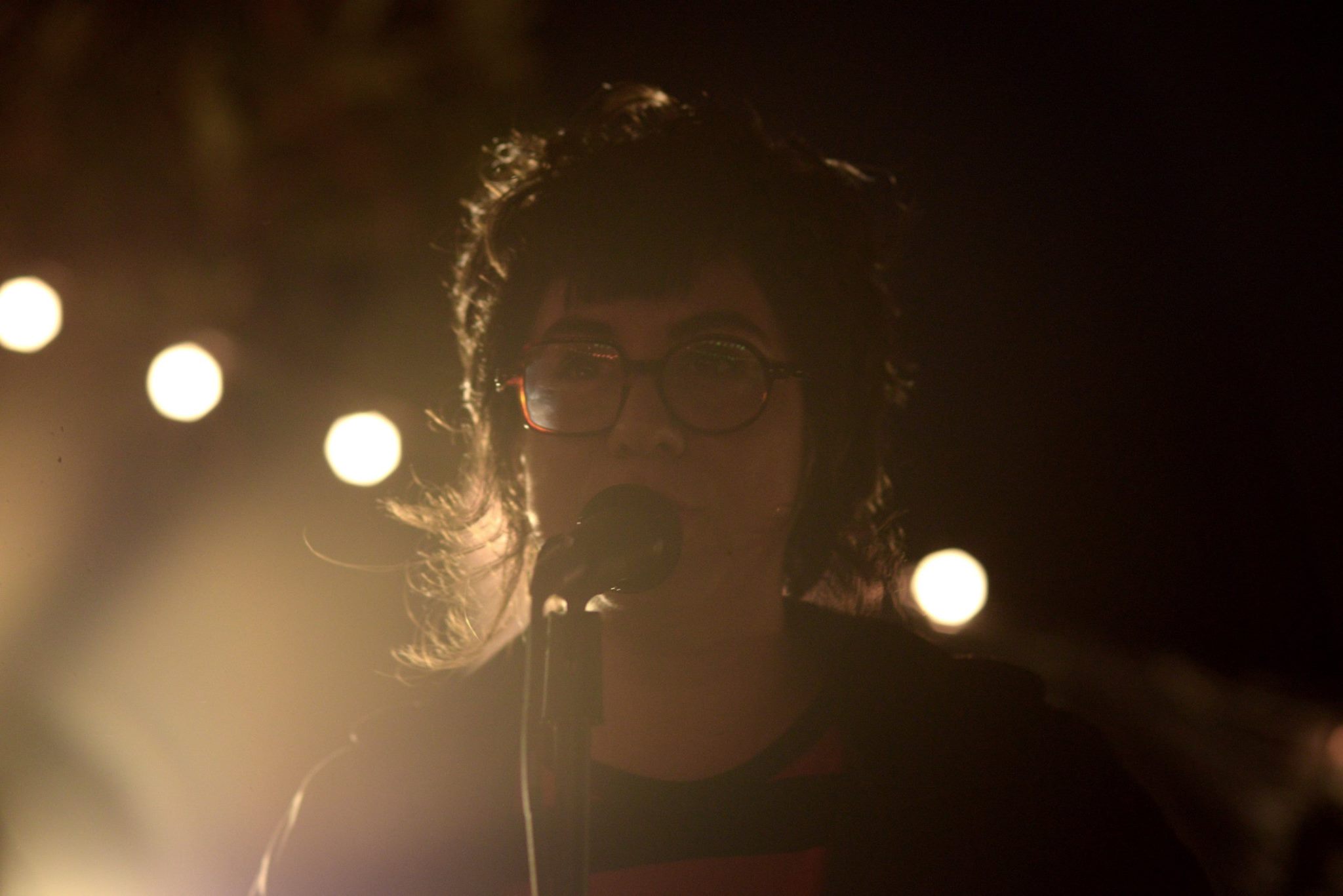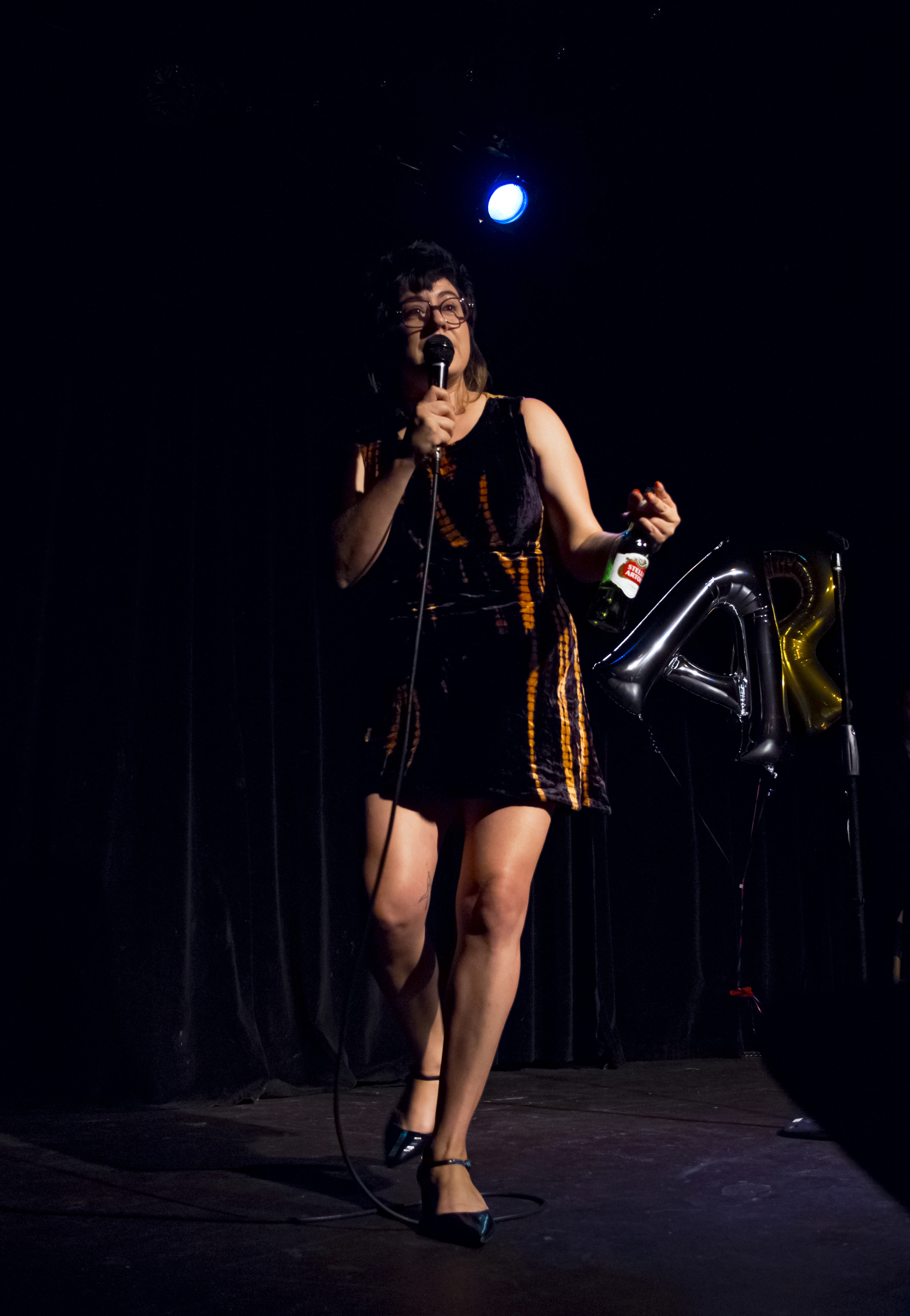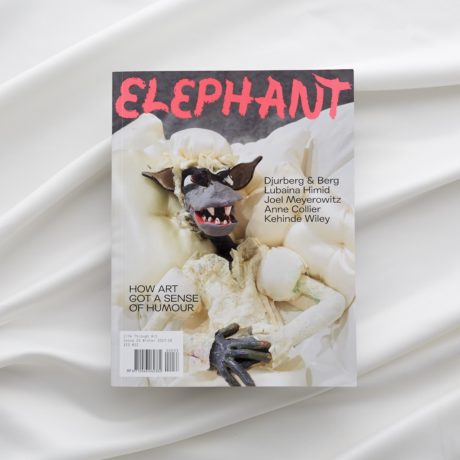
How did you get into art criticism?
I wrote about art for years before getting into comedy. Bored of writing fluff for fashion rags, [the art critic] Andrew Berardini, who was my neighbour at the time, encouraged me to get into art writing. I started going to openings and tagging along to gallery dinners and what not. Everything opened up then. I was born and raised in Los Angeles, but it seemed like this was the thing I was looking for. When I went up north to finish school Andrew offered me a job as a staff writer for ArtSlant. I had no formal art training or art-historical education, but I went to every opening and every museum and looked at every damn thing I could.
How did you get into stand-up?
While managing a gallery, I went to a stand-up open mic for the first time at a theatre where I took improv classes. I wore an aggressively casual ensemble and trembled through my crappy three minutes of god-knows-what. It was horrible, and I didn’t know if I could summon the fortitude to do it again. Then the gallery closed for August and I found myself with a free month and not quite enough money to travel, so I gave it another go. I Googled “Los Angeles open mics”, told myself that during my month off this was my job, and did open mics pretty much every night that month. I left the gallery soon after and continued doing mics every night for at least a year. Even then people were complaining about the “comedy bubble” and how there’s too many shows for the scene to sustain, but it helped me get booked early on. There were shows every night and they needed comics. I went out a lot and went to mics even when I didn’t feel like it and watched all the live comedy I could. I surprised even myself with the kind of force I threw myself into it.

How well do art criticism and stand-up go together?
They go together disturbingly well. Stand-up and art writing are both forms of potential cultural criticism, but they’re at different hierarchies—and I don’t care how weird mainstream comedy has become or how many artists love stand-up, improv is not Texte zur Kunst
. It has everything to do with a certain demand for entertainment, even in criticism. I’m all for comedians as public intellectuals. I just hope there’s still room for humourless, sticks-up-their-ass critics saying the intricate, unpopular thing.
“I think this current comedy boom is partly the result of the postmodern idea of fractured identity going mainstream”
Has your career in one helped the other?
I’m certain the art writing has helped carve a certain niche, or I wouldn’t be answering these questions. My comedy show, Aesthetical Relations, started in a warehouse comedy venue just a couple of years ago. I’ve since been invited to do it in several galleries, and now I’m presenting it at Art Toronto. But that kind of good fortune can be freighted with unwarranted expectations. There’s a fine line between a niche and a pigeonhole, and I don’t welcome the assumption that because I come from an art background I know anything about humour theory or poststructural comedy, or that I’m interested in pushing the limits of comedy at the expense of achieving any kind of secular success in my own lifetime.
Are you funnier live or in writing?
Live. Live for sure. I’m writing more scripts and testing out certain premises as texts rather than live jokes. There’s a vast difference between a good comedy script and a good piece of humour writing.

Aesthetical Relations, 2017
What or who do you find funny?
I find failure funny, so that covers just about everything. It’s a little punctum of reality in a bloated arena of perfectly crafted personas. Or it’s a slip in context. I find sincerity a very compelling, very delicate thing. I think this current comedy boom is partly the result of the postmodern idea of fractured identity going mainstream, and what is considered cool or bleeding-edge in stand-up is the mimesis of that. But even admitting you’re posing is a kind of pose. I like the risk that comes with attempting to assert some authentic bit of self, even though that’s a little infra dig right now. There’s ways of doing it without merely explaining yourself; that’s what I’m trying to discover. It’s tricky. I’m addicted to laughs and I’ve made some cheap moves in service of them. I’ve also made the sincere, risky moves and been met with embarrassed silence. Audiences love to see vulnerability but not real suffering—if you’re going to process trauma at least do it on a unicycle, you know? There’s being absurd as a distancing mechanism, and there’s the mess of unvarnished self-revelation. I’ll take it as my life’s work to navigate between the two. Dating is also funny.
What’s your favourite joke?
Q: Why does Dr Pepper come in a bottle? A: Because his wife died.
This feature originally appeared in issue 33
BUY ISSUE 33





